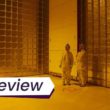The 2021 Visions du Réel film festival featured boundary-pushing nonfiction films, with highlights including Sheltered and Les Guérisseurs.
Read our Visions du Réel coverage
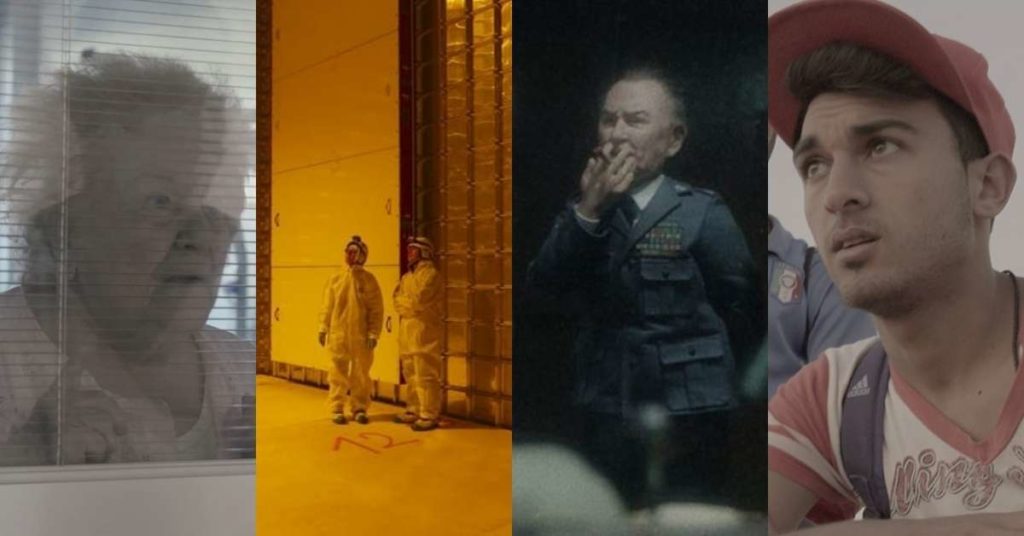
Discover one film you didn’t know you needed:
Not in the zeitgeist. Not pushed by streamers.
But still easy to find — and worth sitting with.
And a guide to help you do just that.
In April, two major international nonfiction festivals took place, and they couldn’t have been more different: Switzerland’s Visions du Réel and Canada’s HotDocs. I’ve been attending HotDocs on-and-off for fifteen years, and I’ve learned that the programming tends to focus on the films’ topic rather than their formal approach. From reading the programmers’ descriptions, you know what the film will be about, but not how it’s made: will it be a bunch of talking heads or something more creative?
Over my years of attending HotDocs, I’ve learned about everything from Iceland’s training school for housewives to the story of American racism to how teenagers are ‘inventing tomorrow’. Only rarely, though, have I seen HotDocs films that go beyond the traditional issue-based interview-heavy format, like Marie Clements’s musical documentary The Road Forward and Jean-François Caissy’s First Stripes, a formalist fly-on-the-wall look at basic training in the Canadian military.
While HotDocs follows in the footsteps of Sundance’s approach to documentary, Visions du Réel is quintessentially European: the festival only programmes films that play with the nonfiction form, going beyond the issue doc to something more formally inventive. While HotDocs is about finding a film on a topic of interest, Visions du Réel is about learning to be interested in any topic because of the way the film was made.
In the Grand Angle section, Visions du Réel screens highlights of other festivals, including Jonas Rasmussen’s Flee (an animated documentary and one of the best films at Sundance 2021), Berlinale 2021 docs Last Days at Sea and The Last Forest, and IDFA 2020 standouts Sheltered and Radiograph of a Family. Selections from its International Feature Competition also appeared at HotDocs, like Courage, Ostrove-Lost Island, and Users. And the Burning Lights competition featured everything from our Sundance favourite Searchers to slow cinema like The Great Void.
Going into Visions du Réel, I started picking films the way I would at HotDocs. I visited an Amsterdam animal shelter in Sheltered and the particle accelerator CERN in Way Beyond. I was so impressed by my early selections, coupled with the program’s selections of other festival favourites, that I started to instinctively trust the program. I became more adventurous. The stills for 1970 looked dour, and it covered a part of Polish history I knew nothing about and had no obvious reason to investigate. But the description pointed out the use of stop-motion animation, and I was sold. It might have been the best film I saw at the festival.
The pandemic has brought with it the advent of virtual film festivals, which made it possible to dip my toes into the Visions du Réel program — a festival I probably wouldn’t have picked out as a destination. Now, I’d be eager to attend in person. I saw only good films, and some great films. Regardless of the subject, I was constantly watching films that creatively used the nonfiction form. The filmmaking was always as interesting as — and very much in support of — the topic, generating interest in subjects in which I had none previously.
Here’s a look at some of my favourites from the festival.
Les Guérisseurs – National Competition at Visions du Réel
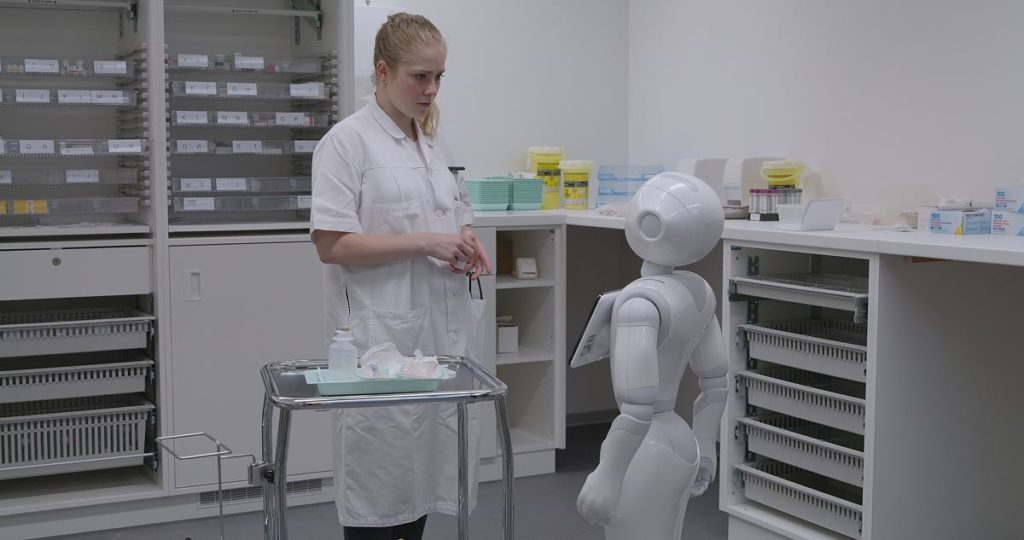
Marie-Eve Hildbrand’s fly-on-the-wall documentary, Les Guérisseurs, follows her father, Dr Hildbrand, in the final weeks before he retires from practice, as well as medical students in the process of learning to be doctors. Hildbrand zeros in on the human dimension of medicine: the need to care for and empathise with patients, the importance of gaining a patient’s trust, and how these skills are learned and practiced.
Dr. Hildbrand has been working with the same patients for decades, and we watch as he gently pushes them to get tests and treatments they may be afraid to do. Meanwhile, in medical school, robots serve as virtual assistants to ensure proper dosages are dispensed, and VR technology helps doctors practice their bedside manner and problem-solving skills in a non-threatening environment. Taken as a whole, Hildbrand’s film argues for the importance of caring for the whole person when working to heal a patient.
My Place is Here – Grand Angle at Visions du Réel
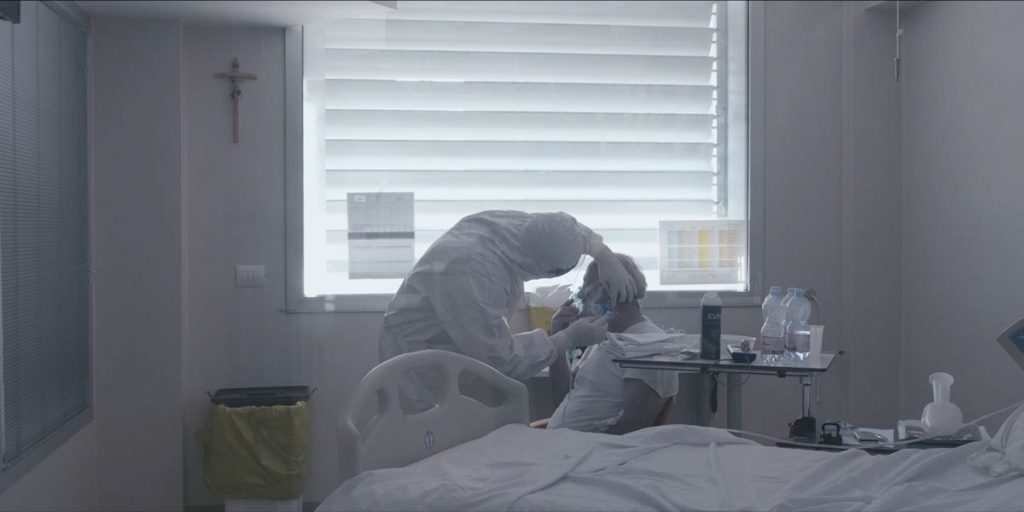
From our review: “One year into the pandemic, we’ve already seen a handful of documentaries about the response — whether finding moments of humanity in the hospital in 76 Days or looking at the propaganda machine in In the Same Breath. But almost all of them have been focused on Wuhan, where it all started. Michele Aiello’s My Place Is Here, by contrast, takes us into The Spedali Civili, a public hospital in Brescia, Italy, in March 2020, just after the worst of the Italian COVID crisis. Like in Wuhan Wuhan, we witness the shortage of PPE and how the hospitals deal with this. Like in 76 Days, there are moments of connection, here between doctors and patients. For example, there’s the recently recovered elderly woman who is looking forward to dancing again — and the conversation between the nurses to not encourage her, lest her pulse skyrocket like the last time.” Read the full review.
Captains of Za’atari – Grand Angle at Visions du Réel
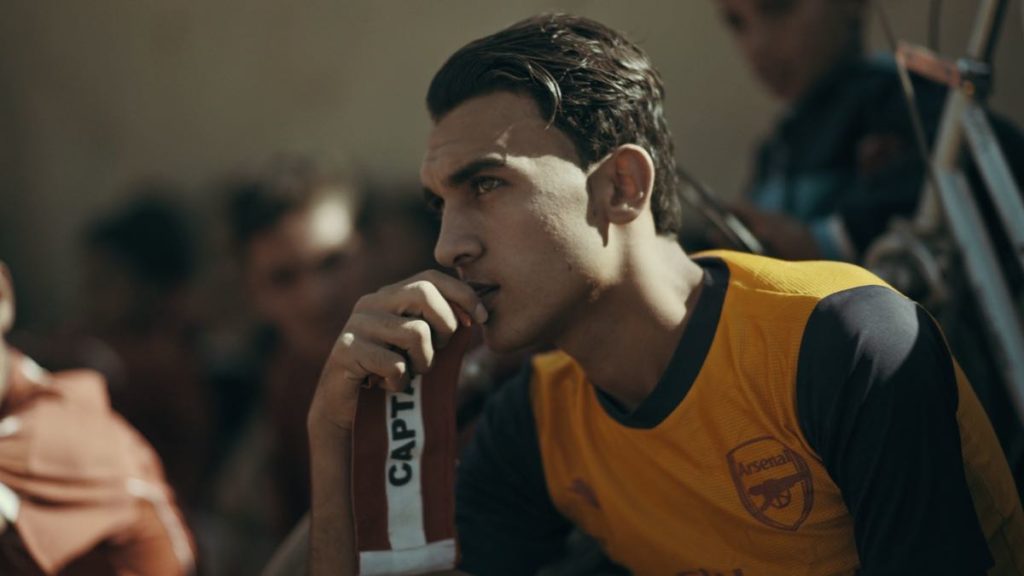
From our review: “After premiering in the World Cinema Documentary Competition at Sundance in January, Ali El-Arabi’s Captains of Za’atari has already made its way around the festival circuit, landing at the San Francisco International Film Festival before stopping at Visions du Réel and HotDocs. Ali El Arabi follows two football-obsessed friends, Fawzi and Mahmoud, both Syrian refugees living in Jordan’s Za’atari camp. Both of them dream of being professional football players, spending their days practicing and playing rather than studying, as their parents would prefer. When they are both scouted to join Qatar’s academy for young hopeful footballers, they get their first glimpse at a world outside the camp.” Read the full review.
Sheltered – Grand Angle at Visions du Réel
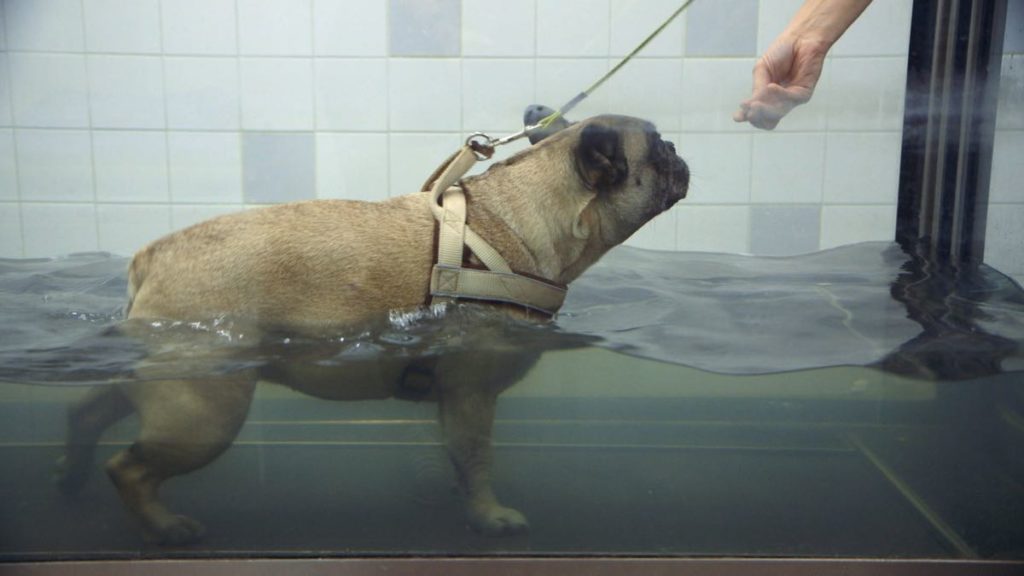
Animal shelters can be depressing places, whether as the site of fictional stories like Heather Young’s Murmur, or nonfiction ones like Saskia Gubbels’s Sheltered. Much like in Murmur, both the people and the animals are broken and abandoned in Sheltered. Unwieldy pets are returned in search for retraining and a new home, lest they be destined to be euthanized. Animals often arrive badly injured or sick, and the team tries to save, heal, and rehab them whenever possible. The receptionist’s arms are festooned with colourful bracelets, presumably hiding the scars from past self-harm. At one point, the animal trainer rests his head in his hands declaring he hates his job: the difficult decisions he has to make, and the harmed animals he sees. Throughout, Gubbels’s camera tracks the sad and hopeful faces of both the animals and the humans who work in the shelter, a home for lost strays of many species. Fortunately, there are moments of hope, like when a family finds a new pet, and an abandoned animal finds a loving home.
Way Beyond
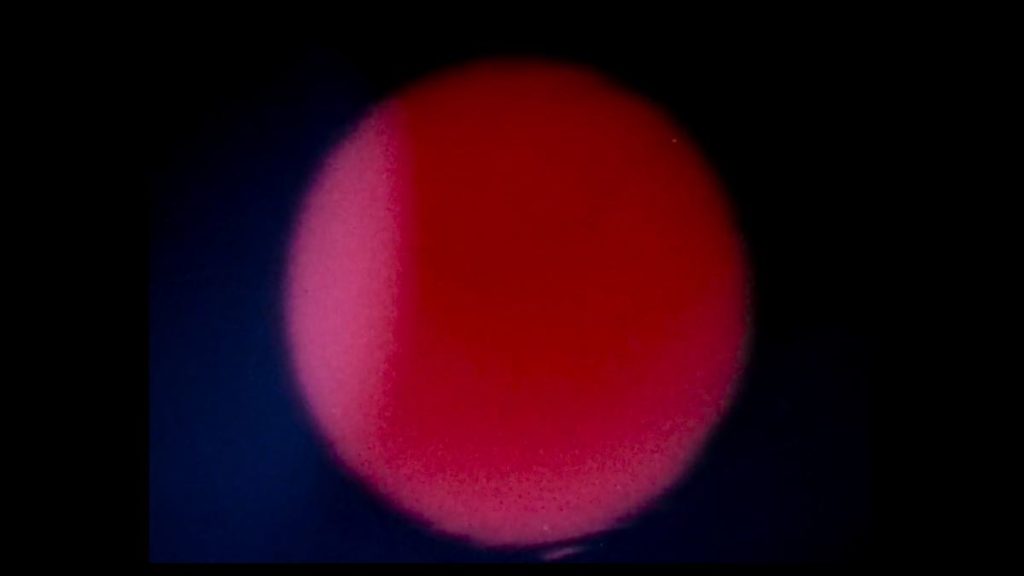
From our review: “Pauline Julier’s 60-minute Way Beyond takes us inside CERN (European Organisation for Nuclear Research) to follow the planning process for the Future Circular Collider (FCC) project, which is intended to replace the current particle accelerator. The FFC is much, much bigger in scale, and we watch an international commission of experts discuss the various unexpected design challenges. Where can the geography of the region support this massive build and what are the political dynamics of an international build like this? If the individual parts of the accelerator are bigger than any existing truck can fit, what happens if they find a truck big enough when the roads aren’t designed to support turns of such big vehicles? How do you present the project to funding bodies in a way that’s enticing without making false promises? How can VR help predict potential safety hazards by tracking the behaviour of real people, and revising design protocols in kind?” Read the full review.
1970
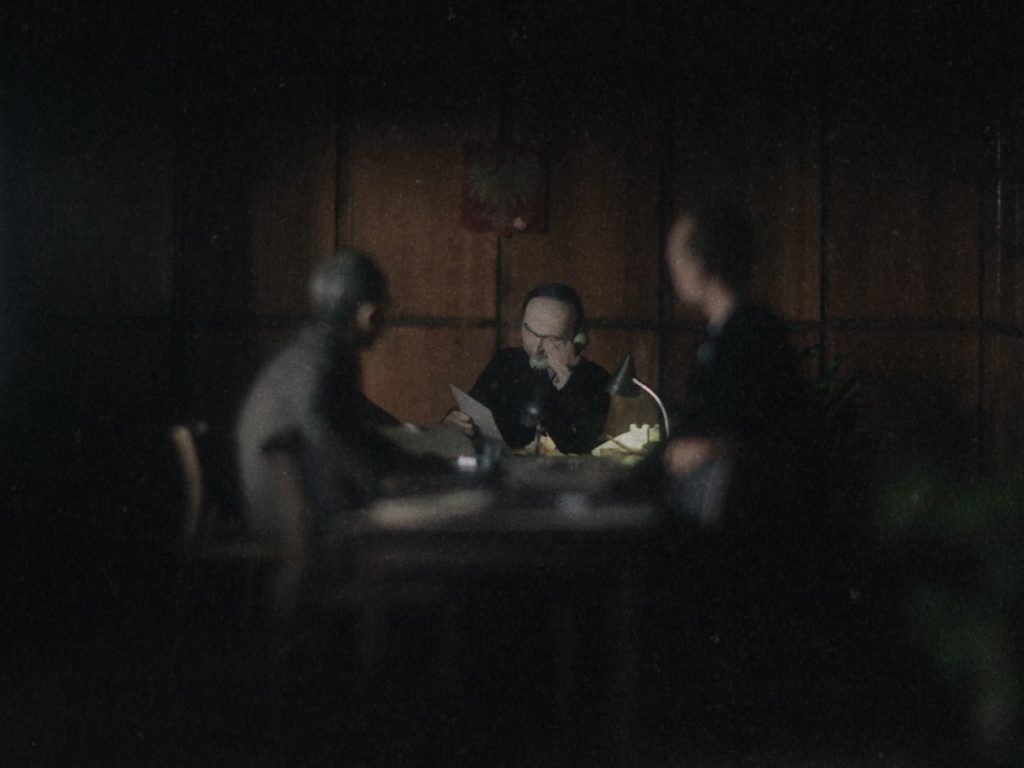
From our review: “Tomasz Wolski’s fascinating 1970 is probably the most formally inventive film I saw at Visions du Réel, rightly taking home the prize for the International Feature Competition. When Wolski stumbled upon real-life recordings of telephone calls between Polish dignitaries discussing their strategy for dealing with the 1970 workers’ rebellions, Wolski knew he had to build a film around them.
To help us follow the conversations, he created puppets of each of the characters on the phone call, and used stop-motion animation to take us inside their homes and board rooms.” Read the full review.
You could be missing out on opportunities to watch great films from Visions du Réel like Sheltered and Les Guérisseurs at virtual cinemas, VOD, and festivals.
Subscribe to the Seventh Row newsletter to stay in the know.
Subscribers to our newsletter get an email every Friday which details great new streaming options in Canada, the US, and the UK.
Get the ebook all about documentary filmmaking!
Discover great interviews with documentary filmmakers
Over and over, we drop you into the minds of some of today’s most influential documentarians.
